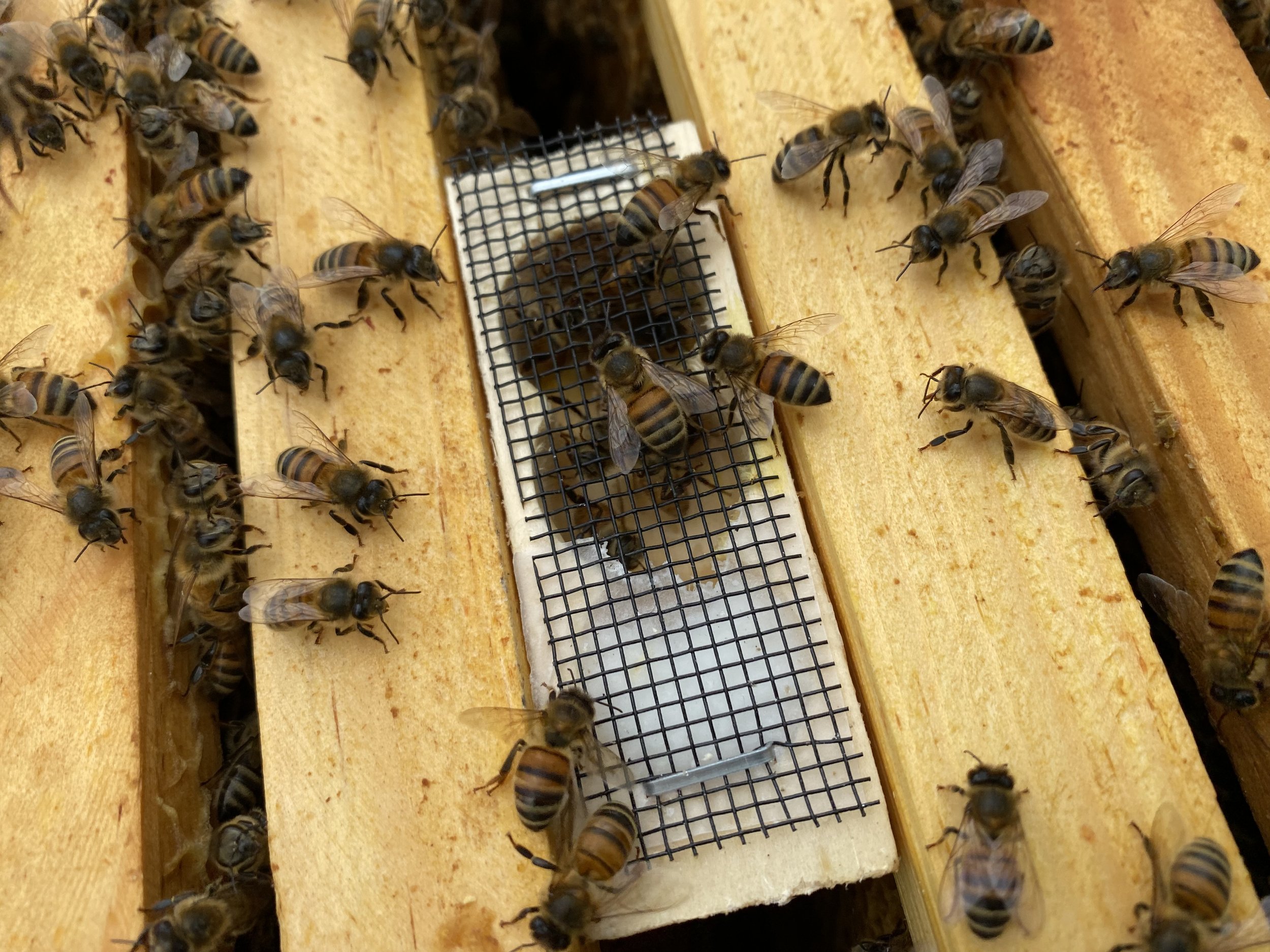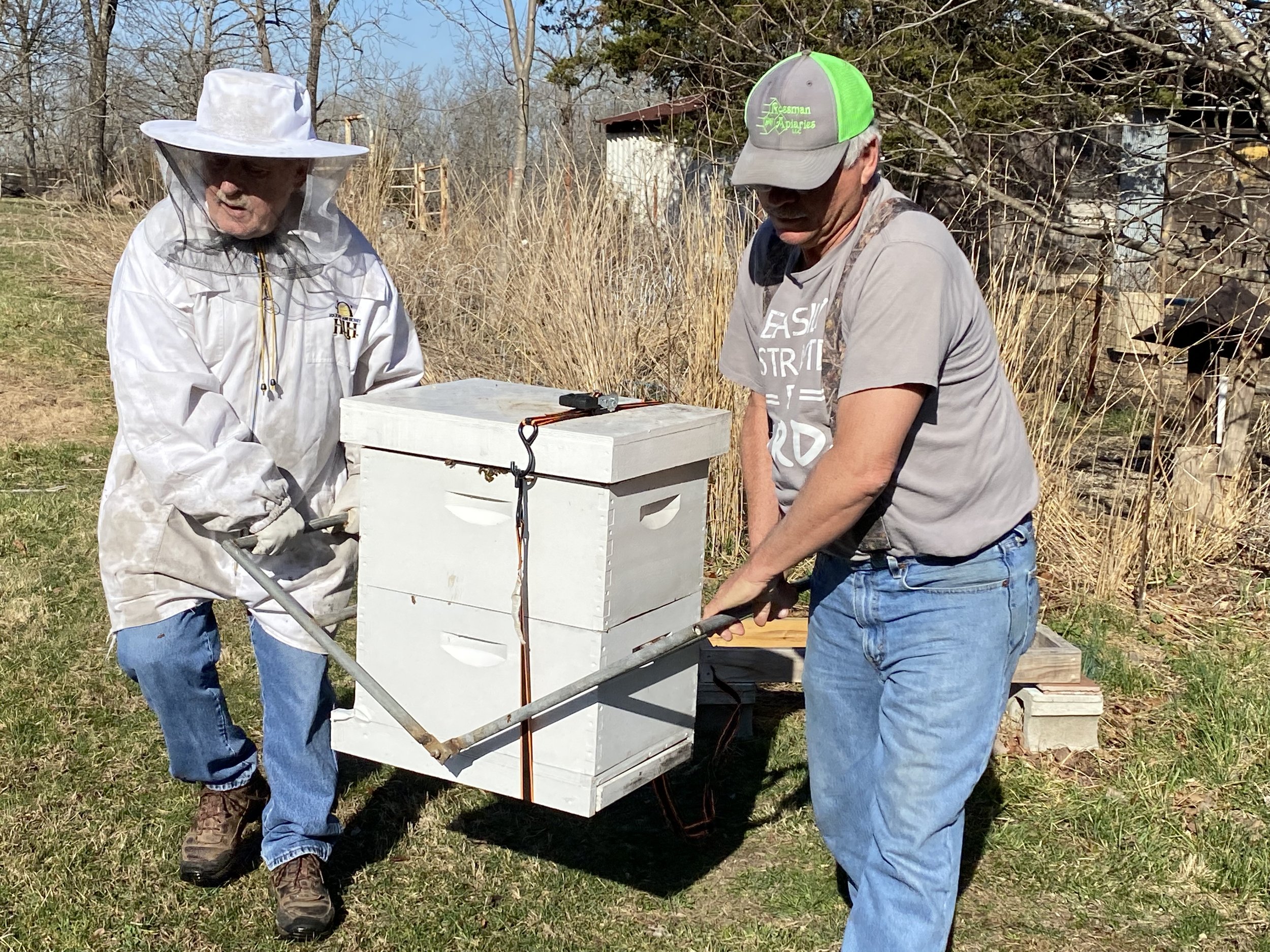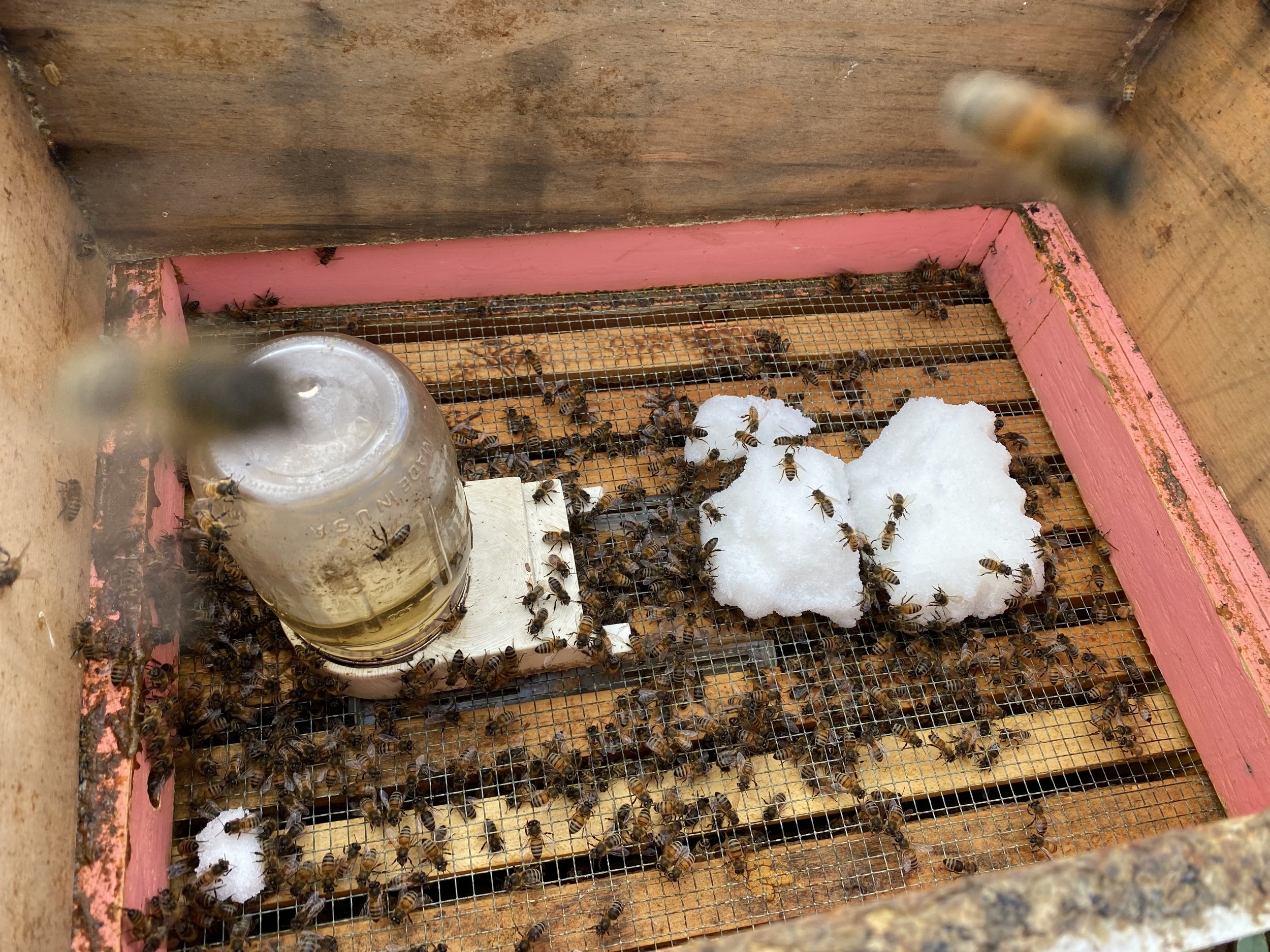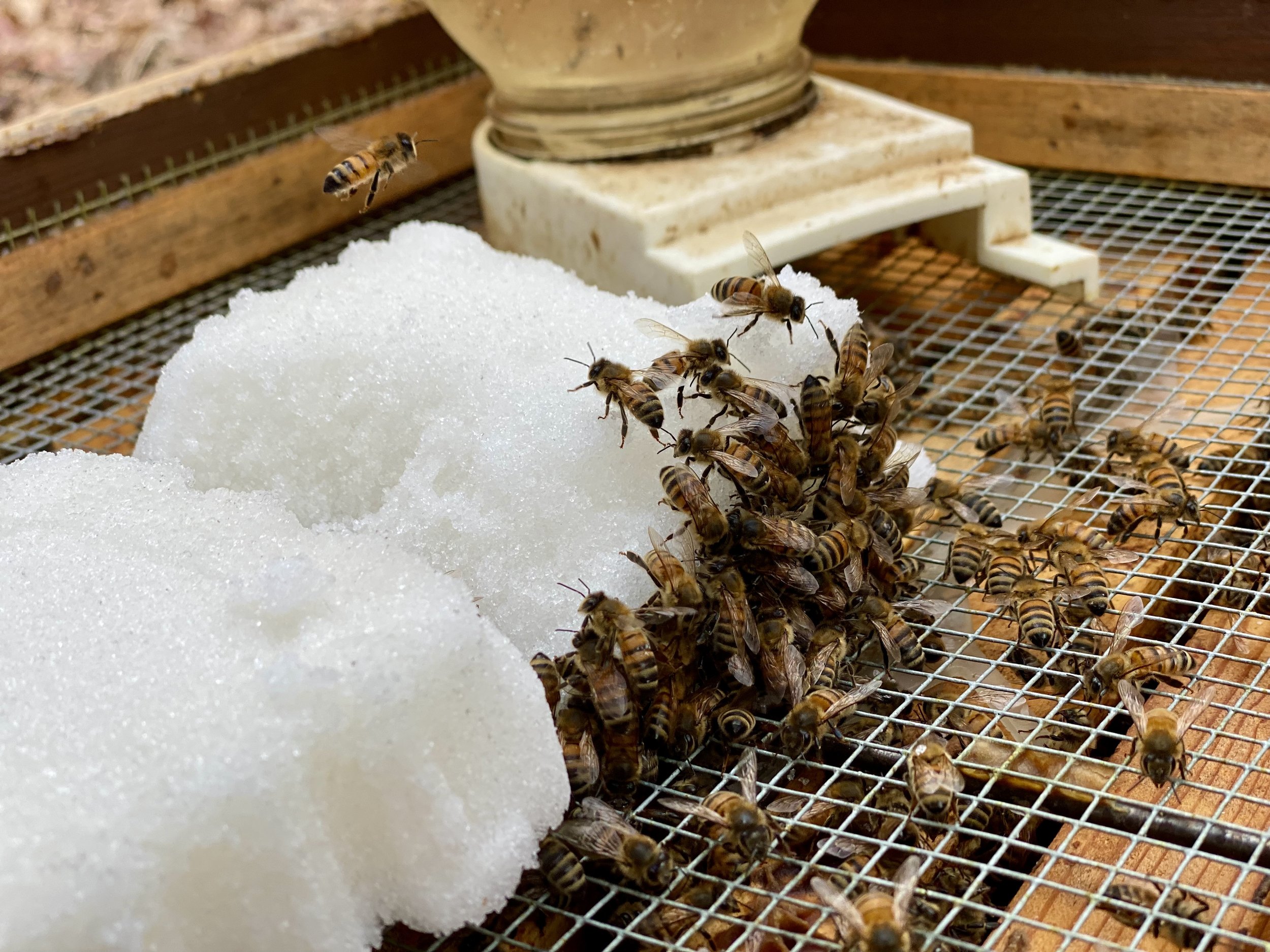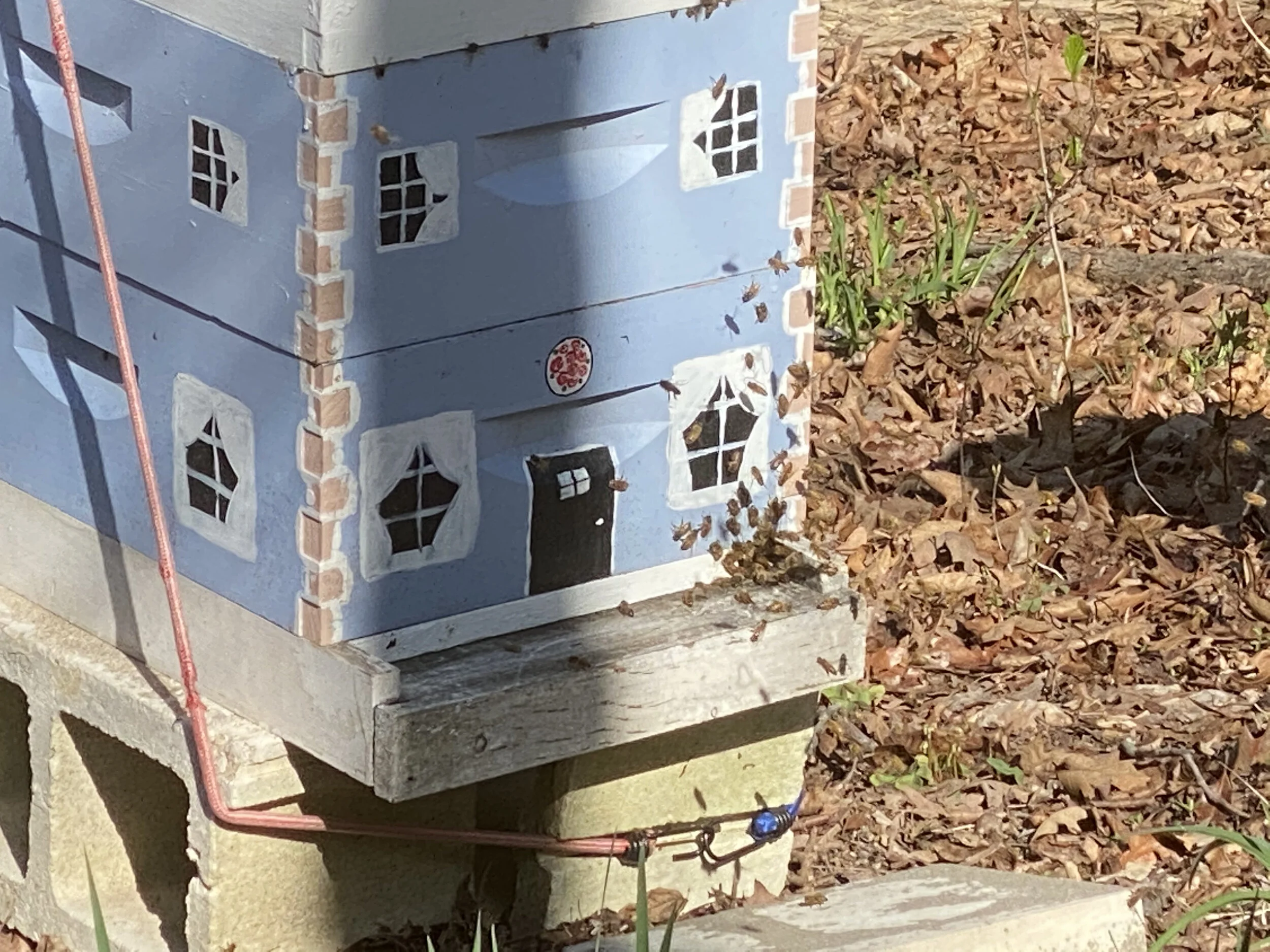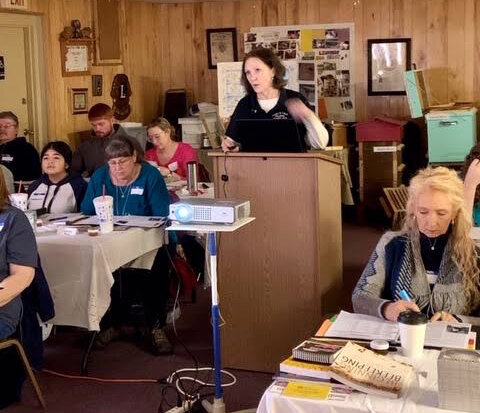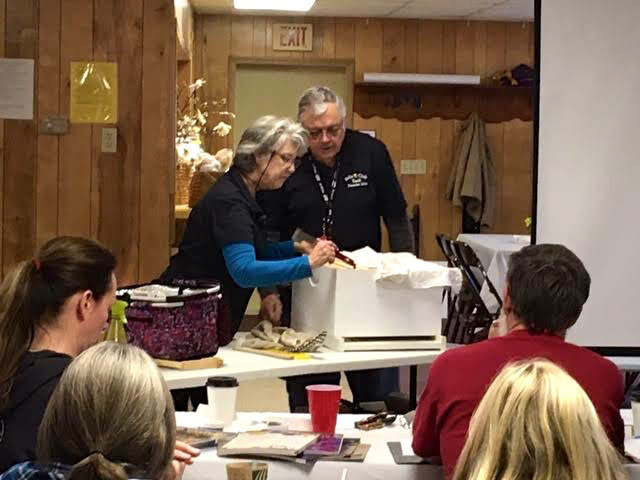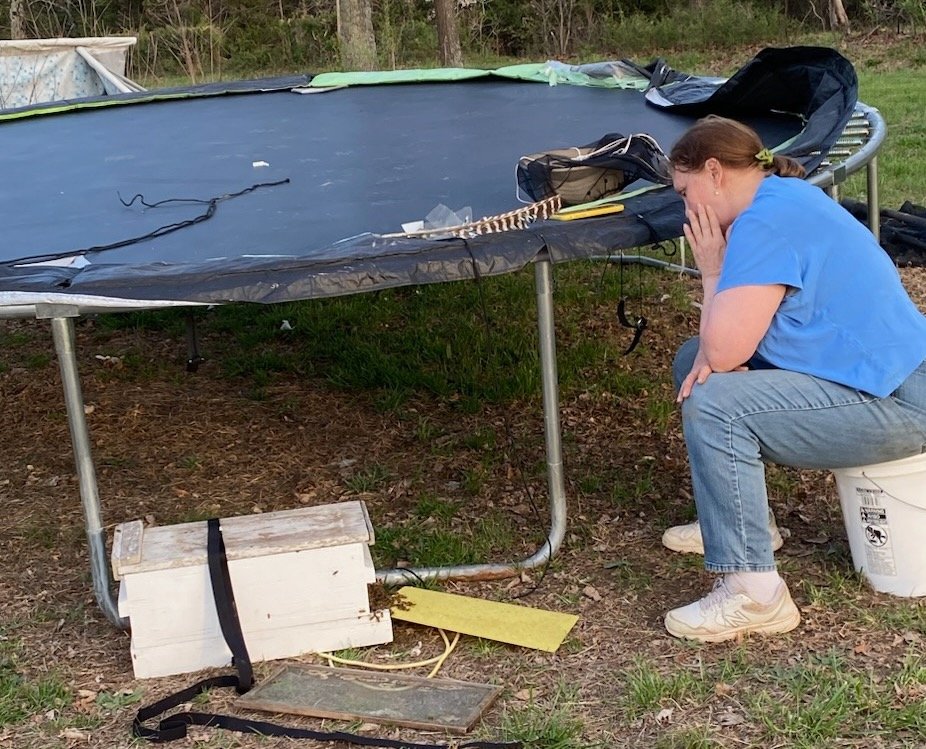May Beekeeping Chores
/Introducing a new queen bee can be among May beekeeping jobs. (Charlotte Ekker Wiggins photo)
May Beekeeping Chores
Oh, my, how busy May can be for beekeepers. Usually the month when the nectar flow kicks into high gear, May can also be a very busy month helping bees get ready for the three months of flower nectar collection.
Beekeepers should have completed at least one full inspection to determine how well the bees came out of winter; how well the queen is laying and benchmarking Varroa mite levels with either an alcohol or sugar shake.
Colonies also need to have added space in the brood both so the queen has room to lay. Lack of space prompts the colony to build swarm cells.
Adding hive space is also helpful this time of year. As the colony grows, it will need space not only for brood but for storing pollen and nectar.
Wintered-over wax frames need to be checked and aired. Especially frames stored in ParaMoth crystals, those frames should be exposed to sun and air for a good week. ParaMoth crystals deter wax moths but will also kill bees.
Frames getting repurposed can be refreshed by replacing the foundation with new foundation.
Wax frames in use for more than 3 years should be replaced with fresh frames.
Old wax frames can be used in swarm traps to entice colonies looking for a new home.
Beekeepers will be doing an inventory of existing equipment to make sure they have enough woodenware for the nectar-collecting season.
Varroa mite management plans this time of year may include splitting colonies, removing drone comb and re-queening with varroa sensitive queens.
Planting native trees, shrubs and perennials are also added this time of year.
For more weekly gardening, beekeeping, cooking and easy home decor tips, subscribe to Garden Notes.

